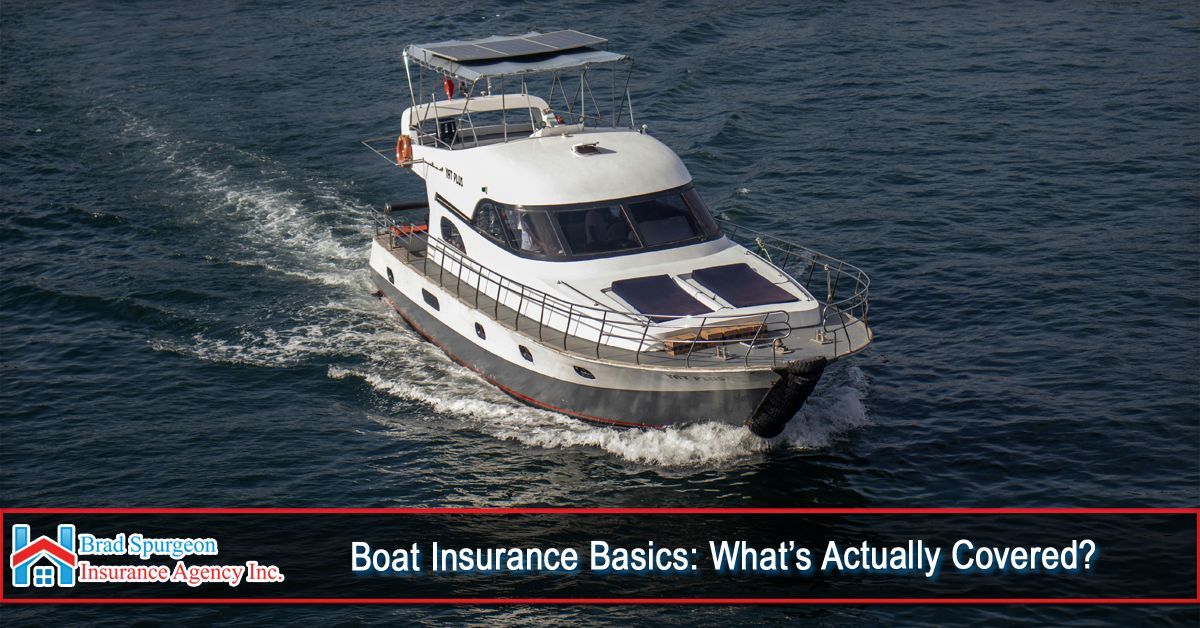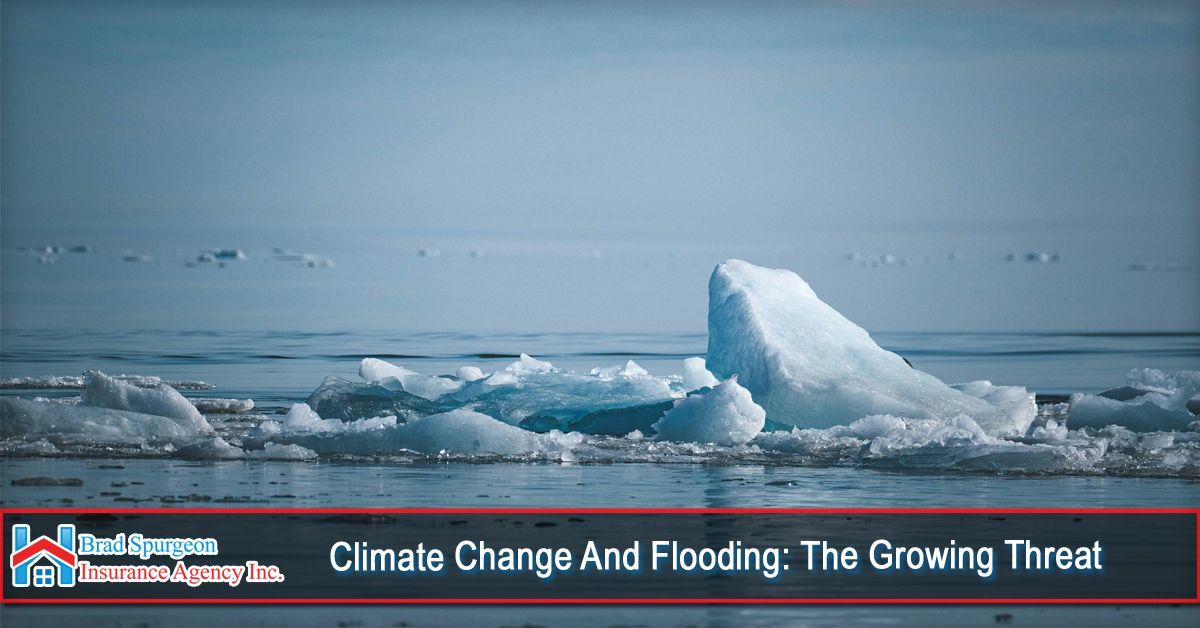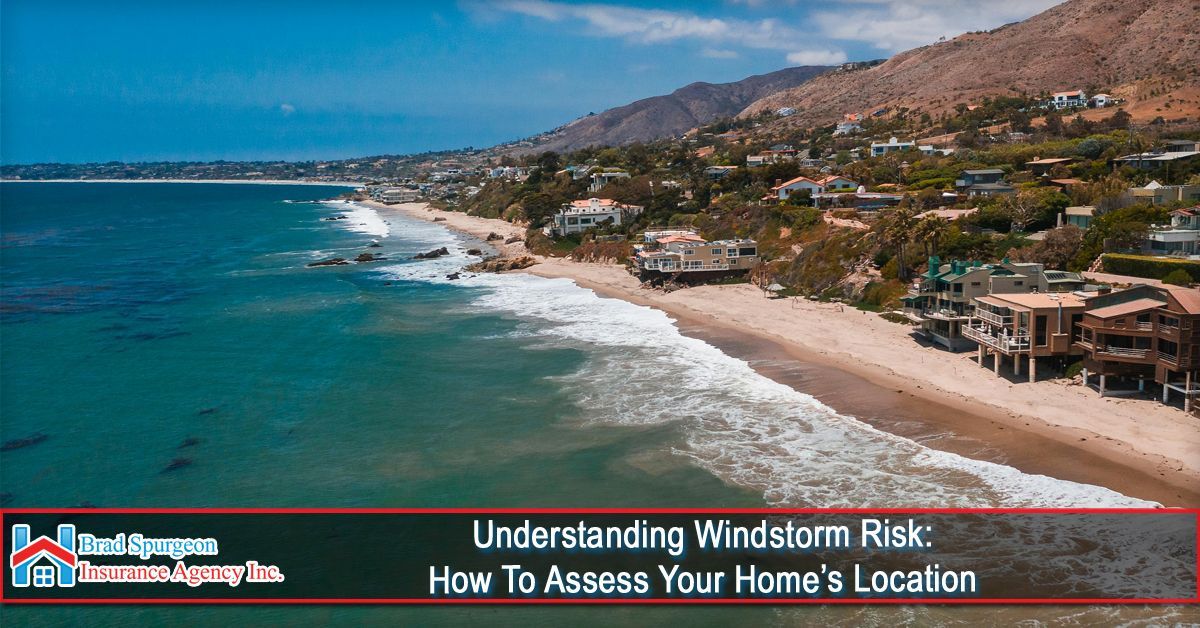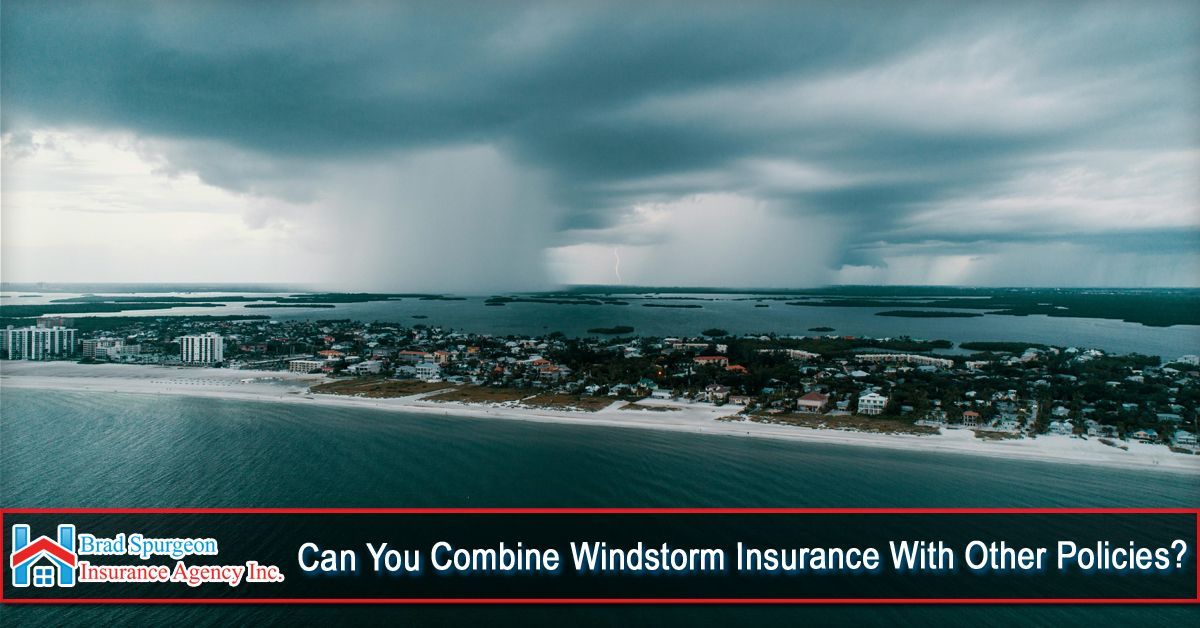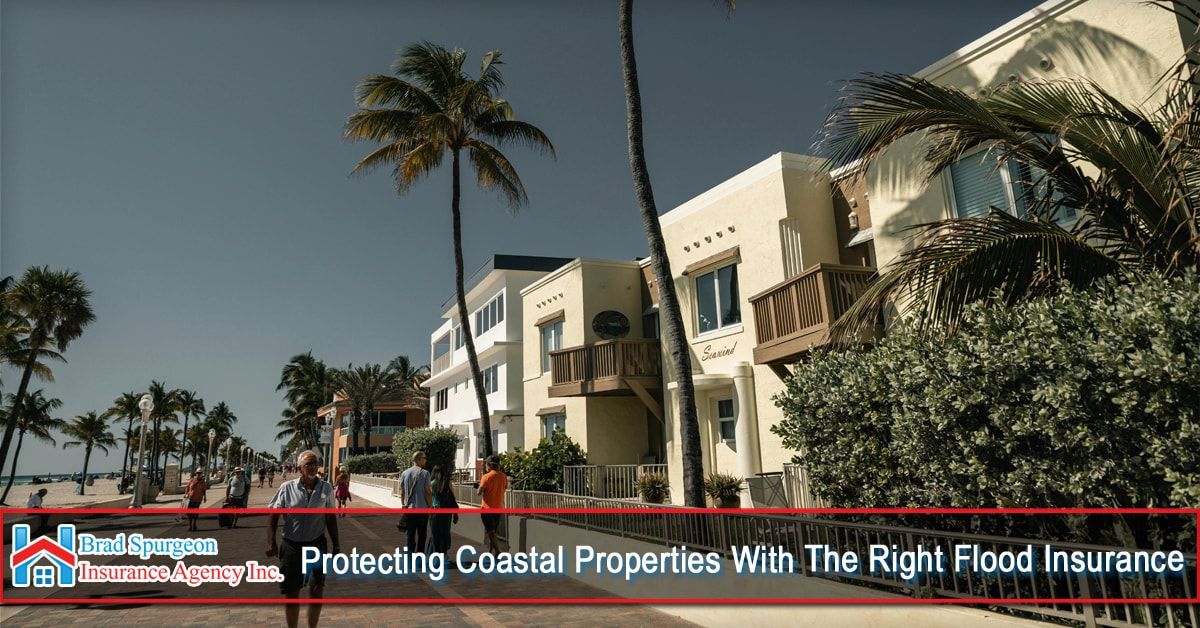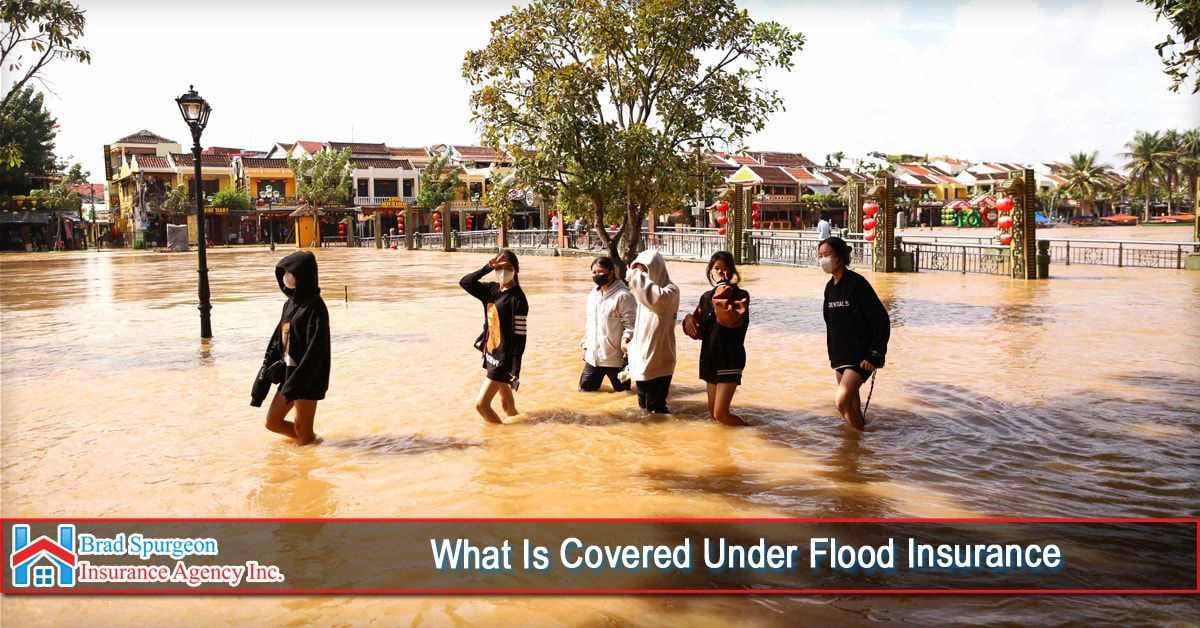Floods are one of the most common and destructive natural disasters, causing billions of dollars in damage each year. For homeowners, understanding the importance of flood insurance is crucial, especially since standard home insurance policies typically do not cover flood-related damage. Flood insurance is specifically designed to protect your home and belongings from the financial impact of floodwaters. This blog will explore what is covered under flood insurance, helping you make informed decisions about protecting your property.
Flood insurance is a specialized insurance policy that provides coverage for damage caused by flooding. In the United States, flood insurance is often provided through the National Flood Insurance Program (NFIP), which is managed by the Federal Emergency Management Agency (FEMA). However, private insurers also offer flood insurance policies, which may provide additional coverage options.
Flood insurance is typically divided into two main categories: building property coverage and personal property coverage. These categories define what aspects of your home and its contents are protected under the policy.
Building Property Coverage
Building property coverage, also known as dwelling coverage, protects the physical structure of your home and its essential systems. Here’s what is typically covered under this category:
- Foundation, Walls, and Roof:
Flood insurance covers the repair or replacement of your home’s foundation, walls, and roof if they are damaged by floodwaters.
- Plumbing and Electrical Systems:
Your home’s plumbing and electrical systems are covered, including wiring, outlets, and switches, as well as pipes, water heaters, and furnaces.
- HVAC Systems:
Heating, ventilation, and air conditioning (HVAC) systems, including central air conditioners and heat pumps, are covered under flood insurance.
- Appliances:
Built-in appliances such as refrigerators, stoves, dishwashers, and permanently installed window air conditioners are typically covered.
- Flooring and Carpeting:
Permanent flooring, such as hardwood, tile, and wall-to-wall carpeting, is covered, but certain limitations may apply depending on the type of flooring and its location in the home.
- Detached Garages:
Flood insurance may cover up to 10% of the policy’s building coverage limit for detached garages. Other detached structures, such as sheds, may not be covered.
- Water Heaters and Fuel Tanks:
Water heaters, fuel tanks (and the fuel within them), and solar energy equipment are generally covered under flood insurance.
- Foundation Elements: Items like staircases, anchorage systems, and foundation walls are also covered if they are damaged by a flood.
Personal property coverage, also known as contents coverage, protects the personal belongings inside your home. Here’s what is typically covered under this category:
- Furniture and Electronics:
Flood insurance covers furniture, electronics, and other household items, including sofas, beds, televisions, computers, and stereos.
- Clothing and Personal Items:
Clothing, shoes, and other personal items are covered under flood insurance.
- Kitchen Appliances:
Portable appliances, such as microwaves and washers/dryers, are covered as personal property, even if they are not built-in.
- Valuable Items:
Items like artwork, jewelry, and collectibles are covered, but there may be limits on the amount of coverage for these items. If you own high-value items, you may need additional coverage.
- Curtains and Draperies:
Flood insurance typically covers curtains, draperies, and other window treatments.
- Portable Air Conditioners and Window Units:
Portable air conditioners and window units are covered as personal property.
- Carpets and Rugs: Area rugs and carpets not included in the building coverage (such as those on the lower floors of your home) are covered under personal property coverage.
While flood insurance offers important protection, it’s essential to understand its limitations. Here are some items and situations typically not covered by flood insurance:
- Basement Contents:
While the structure of the basement is covered, most personal property in basements, such as furniture, electronics, and personal items, is not covered. Exceptions include appliances like washers, dryers, and freezers.
- Outdoor Property:
Items outside your home, such as decks, patios, fences, landscaping, swimming pools, and hot tubs, are not covered by flood insurance.
- Vehicles:
Flood insurance does not cover damage to vehicles. For vehicle protection, you may need comprehensive auto insurance that includes flood damage.
- Living Expenses:
Flood insurance does not cover additional living expenses (ALE), such as temporary housing or food costs, if your home becomes uninhabitable due to a flood. ALE is typically covered under a homeowners policy, but only for non-flood-related events.
- Currency and Important Papers:
Cash, valuable papers, stock certificates, and similar items are generally not covered under flood insurance.
- Mold and Mildew:
Damage from mold, mildew, or moisture that could have been avoided is not covered. If these result from a covered flood event and preventive measures were taken, coverage may apply, but only under specific conditions.
- Earth Movement: Any damage caused by earth movement, such as landslides or sinkholes, even if caused by floodwaters, is not covered.
Flood insurance is crucial for disaster recovery, as it provides the financial resources needed to repair or replace your home and belongings after a flood. Without flood insurance, homeowners in flood-prone areas may face overwhelming out-of-pocket expenses to recover from flood damage. The process of filing a flood insurance claim typically involves documenting the damage, submitting a claim to your insurer, and working with an adjuster to assess the extent of the damage.
Having flood insurance can also make you eligible for federal disaster assistance programs, which often require that you have insurance coverage to qualify for additional aid. Even if you live in a low-to-moderate risk area, obtaining flood insurance can provide peace of mind, as floods can occur anywhere, often with little warning.
Flood insurance is an essential safeguard for homeowners, especially those in flood-prone areas. Understanding what is covered under flood insurance helps you make informed decisions about your coverage needs and ensures that you’re prepared for the financial impact of a flood. While flood insurance covers many aspects of your home and personal property, it’s important to be aware of its limitations and consider additional coverage if necessary. By securing adequate flood insurance and taking proactive steps to protect your property, you can minimize the damage a flood can cause and expedite your recovery process. Whether you live in a high-risk zone or a low-risk area, having flood insurance can be the difference between a manageable recovery and a financial disaster. By being informed about your coverage options and understanding the scope of your policy, you can ensure that you’re adequately prepared for the unexpected, providing peace of mind and a stronger foundation for your future.
At Brad Spurgeon Insurance Agency Inc., we aim to provide comprehensive insurance policies that make your life easier. We want to help you get insurance that fits your needs. You can get more information about our products and services by calling our agency at (409) 945-4746. Get your free quote today by CLICKING HERE.
Disclaimer: The information presented in this blog is intended for informational purposes only and should not be considered as professional advice. It is crucial to consult with a qualified insurance agent or professional for personalized advice tailored to your specific circumstances. They can provide expert guidance and help you make informed decisions regarding your insurance needs.
